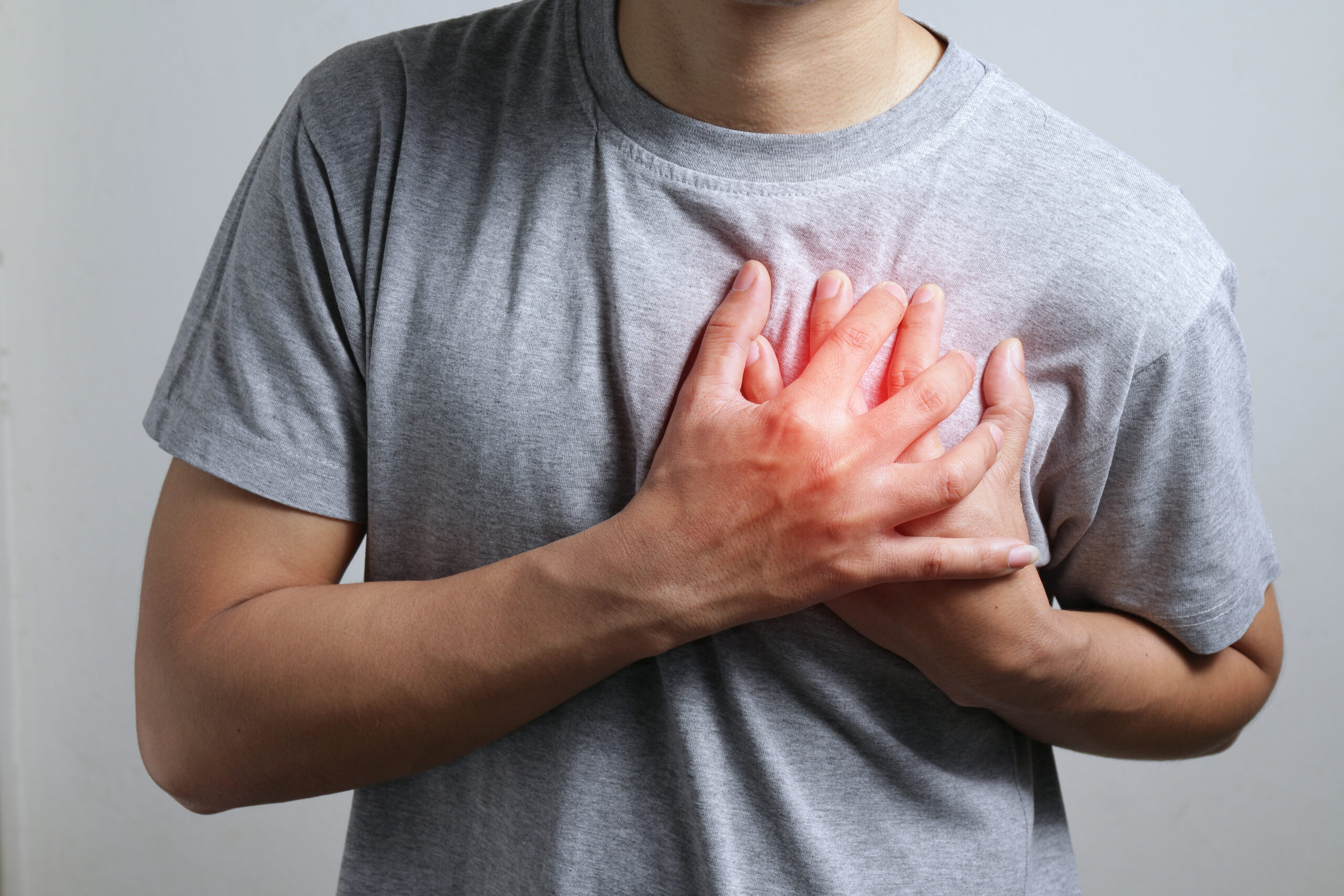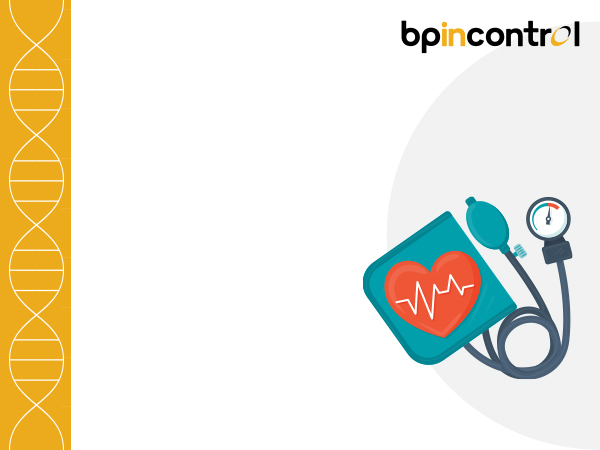Sudden Cardiac Arrest – Symptoms and Causes

Table of Contents
You might have come across the term “cardiac arrest” in various conversations or media outlets. It often conjures images of emergency situations and medical heroes racing against the clock. But do you truly understand what cardiac arrest is and how it differs from a heart attack?
Let’s dive into understanding the intricacies of the term cardiac arrest, aka cardiopulmonary arrest, and dispel a common myth along the way. Contrary to popular belief, cardiac arrest is not always accompanied by dramatic chest-clutching or a person falling to the ground in agony. In fact, it can be more subtle than that.
Read further to explore its symptoms, root causes, preventive strategies, and the advanced treatments that could make the difference between life and death.
What is Cardiac Arrest?
Cardiac arrest, often referred to as sudden cardiac arrest (SCA) or cardiopulmonary arrest, is a critical medical condition that occurs when the heart unexpectedly stops beating. Contrary to what some may think, cardiac arrest is not the same as a heart attack. While both are serious cardiovascular events, they differ significantly in their underlying mechanisms.
Is a heart attack the same as cardiac arrest?
Let’s clear up a common misconception: a heart attack and cardiac arrest are not the same. Have a look at how they are different!
A heart attack, medically known as a myocardial infarction, typically occurs when there’s a blockage in one or more of the coronary arteries, which supply blood to the heart muscle. This blockage can result from the accumulation of fatty deposits, known as plaque, causing reduced blood flow to the heart. The outcome is chest pain or discomfort, also known as angina, which signals that the heart muscle is not getting enough oxygen. If the blockage persists, it can lead to a heart attack.
On the other hand, cardiac arrest involves an electrical malfunction in the heart that disrupts its natural rhythm. This malfunction, often caused by an arrhythmia, causes the heart to quiver or flutter instead of contracting effectively. As a result, the heart is unable to pump blood to the body’s vital organs, including the brain, leading to loss of consciousness and, if not treated promptly, death.
So, in essence, a heart attack and cardiac arrest are like distant cousins in the realm of cardiovascular ailments — related, yet distinct.
What are the symptoms of cardiac arrest?
Sudden cardiac arrest is, as the name suggests, abrupt and can happen without warning. However, there are some common symptoms that can precede it. These include:
- Loss of Consciousness
- No Pulse
- No Normal Breathing
What causes cardiac arrest?
Understanding the root causes of cardiac arrest is essential for prevention. Here are some common causes:
- Arrhythmias: Most cases of sudden cardiac arrest are triggered by arrhythmias – irregular heart rhythms. Ventricular fibrillation (VF) is a severe arrhythmia where the heart quivers instead of contracting effectively. It’s a leading cause of cardiac arrest.
- Coronary Artery Disease (CAD): CAD is characterized by the buildup of fatty deposits and plaque in the coronary arteries. This can lead to decreased blood flow to the heart, increasing the risk of arrhythmias and, consequently, cardiac arrest.
- Heart Conditions: Certain heart conditions, such as hypertrophic cardiomyopathy and dilated cardiomyopathy, can increase the risk of cardiac arrest.
- High Cholesterol: Elevated levels of cholesterol in the blood can lead to the formation of plaques in the arteries, which, in turn, can contribute to coronary artery disease and cardiac arrest.
- Electrolyte Imbalances: Abnormal levels of potassium, calcium, or magnesium in the bloodstream can disrupt the heart’s electrical system, potentially triggering cardiac arrest.
- Drug Use: The use of recreational drugs, particularly stimulants like cocaine and amphetamines, can provoke arrhythmias that can lead to cardiac arrest.
How to prevent cardiac arrest?
Here are some key steps you can take:
- Manage Cholesterol: If you have high cholesterol, work with your healthcare provider to develop a plan to manage it effectively. This may involve dietary changes, exercise, and medication.
- Regular Checkups: Schedule regular checkups with your healthcare provider to monitor your heart health and address any underlying conditions promptly.
- Manage Chronic Conditions: If you have existing medical conditions, such as diabetes or hypertension, connect with your doctor and manage them effectively.
- Avoid Substance Abuse: Steer clear of recreational drugs, as they can significantly increase the risk of arrhythmias and cardiac arrest.
How is a cardiac arrest treated?
Timely intervention is crucial when dealing with cardiac arrest. The primary goal of treatment is to restore a normal heart rhythm and ensure that blood continues to flow to vital organs.
Here are the key steps that you can keep in check:
- Immediate CPR: Rendering immediate CPR is crucial if you witness someone experiencing cardiac arrest.
- Defibrillation: Automated external defibrillators (AEDs) are game-changers. They analyze heart rhythms and deliver an electric shock if needed to restore a normal heartbeat.
- Advanced Life Support: When emergency responders arrive, they provide advanced life support, including medications and advanced cardiac life support (ACLS) protocols, to stabilize the patient.
- Post-Arrest Care: Cardiac arrest survivors often need intensive care and monitoring to address the cause, prevent complications, and support recovery.
Summing Up
Understanding the intricacies of cardiac arrest can be a life-saving endeavor. It’s essential to recognize its symptoms, causes, and the critical difference between a heart attack and cardiac arrest. Armed with this knowledge, we can better respond to emergencies and promote heart-healthy practices in our lives.
To ensure timely access to medical assistance and guidance on heart-related concerns, you can visit BPinControl’s Find a Physician portal. It will connect you with the nearest healthcare professionals who specialize in cardiovascular health, ensuring that you have the support you need when it matters most.
FAQs
1. What are the 5 signs of cardiac arrest?
The five common signs of cardiac arrest are:
- a) Sudden Loss of Responsiveness
- b) Absence of Normal Breathing
- c) No Pulse or Weak Pulse
- d) Chest Pain or Discomfort
- e) Pale or Bluish Skin Tone
2. Is cardiac arrest a heart attack?
No, cardiac arrest is not the same as a heart attack. A heart attack, also known as a myocardial infarction, occurs when there is a blockage in one or more of the coronary arteries, leading to a reduction in blood flow to a part of the heart muscle. Cardiac arrest, on the other hand, is a sudden cessation of the heart’s electrical activity, causing the heart to stop pumping blood to the body. While heart attacks can lead to cardiac arrest, they are distinct medical events with different causes and consequences.
3. Is cardiac arrest like death?
Cardiac arrest is a life-threatening medical emergency, but it is not synonymous with death. Cardiac arrest means that the heart has stopped beating effectively, and immediate intervention is required to restore normal heart rhythm and circulation. Without prompt and appropriate treatment, cardiac arrest can lead to death within minutes. However, with timely cardiopulmonary resuscitation (CPR) and the use of automated external defibrillators (AEDs), it is possible to reverse cardiac arrest and save a person’s life.
4. Can stress cause cardiac arrest?
Stress alone is not a direct cause of cardiac arrest. However, chronic and extreme stress can contribute to the development of risk factors such as high blood pressure, coronary artery disease, and arrhythmias, which can increase the likelihood of experiencing a cardiac arrest. Additionally, sudden severe emotional stress, such as extreme grief or anger, can trigger a rare condition known as “broken heart syndrome” or stress-induced cardiomyopathy, which can mimic the symptoms of a heart attack or cardiac arrest in some cases. It’s important to manage stress and maintain a healthy lifestyle to reduce the risk of cardiovascular issues.
5. Is cardiac arrest painful?
During cardiac arrest, the individual typically loses consciousness almost immediately and does not experience pain. This is because cardiac arrest results in a sudden interruption of blood flow to the brain, leading to unconsciousness within seconds. Pain or discomfort can precede a cardiac arrest in some cases, particularly if the individual is having a heart attack, which is a separate medical event. However, once cardiac arrest occurs, the person is generally unaware and not experiencing pain until the underlying cause is addressed or CPR and defibrillation are administered in an attempt to restore normal heart rhythm.
Disclaimer
The information contained in this article is to educate, spread awareness in relation to hypertension and other diseases to the public at large. The contents of this article are created and developed by BPinControl.in through its authors, which has necessary, authorisations, license, approvals, permits etc to allow usage of this articles on The Website. The views and opinions expressed in this article are views, opinions of the respective authors and are independently endorsed by doctors. Although great care has been taken in compiling and checking the information in this article, The Website shall not be responsible, or in any way liable for any errors, omissions or inaccuracies in this article whether arising from negligence or otherwise, or for any consequences arising therefrom. The content of this article is not a substitute for any medical advice. The Website shall not be held responsible or liable for any consequence arising out of reliance on the information provided in the article.


Comments (0)
No comments found.Add your comment